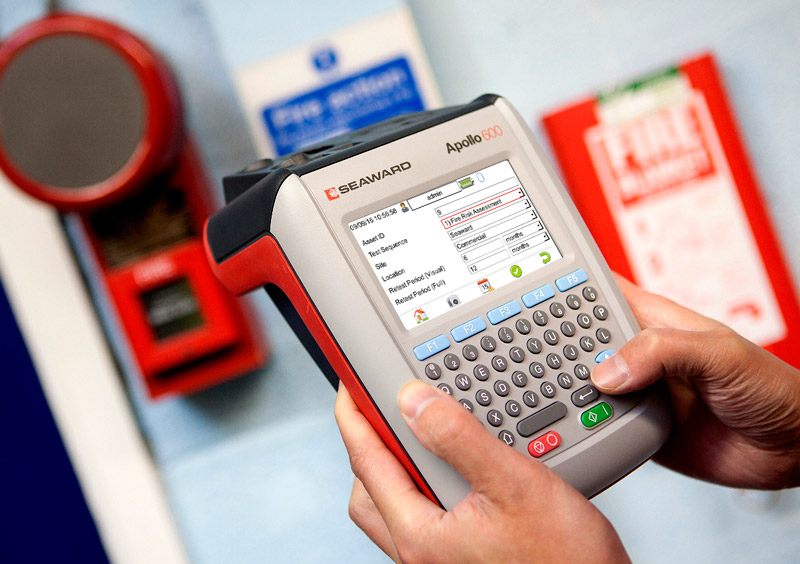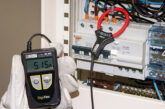
Seaward’s Richard Slade looks at the reasons why modern PAT technology is ensuring a bright future for electricians.
PAT testing has never been an efficient task, requiring that same ‘plug, press and print’ approach to hundreds of separate appliances. But modern test technology has increasingly powerful data-handling capabilities that are making the job of contractors much quicker and easier.
Seaward has seen the rapid advances in technology first-hand. Indeed the company is also a catalyst for innovation itself, with its patent-pending ‘zap’ test circuit technology that enables consistent and accurate earth-bond readings from a battery powered tester proving a good example.
Here are some of the key testing technologies for electricians to be aware of, today and in the future:
Connectivity
The main innovation over recent years is the inclusion of Bluetooth and smartphone compatibility. This technology means that previously ‘dumb’ devices can now transfer data remotely from the field to an office hundreds of miles away.
In Seaward, for example, this is all achieved through PATGuard 3 software, which gives easy management of test records, generation of reports, certificates, invoices and scheduling of future tests and inspections.
The future of PAT testing is in data not devices, and contractors should expect to see the industry focusing more on how smart technology can be used to transfer and interrogate data efficiently.
Multi-function devices
What we’ll also see more of in testing technology is a rise in multi-function devices. To use smartphones as an analogy, in the iPhone we’ve seen one device replace the need for a separate telephone, camera, music player and internet browser.
The first signs of this are already clear. One of Seaward’s most advanced testing devices, the Apollo 500, is the first to integrate PAT testing with risk assessment so users can comply with the IET 4th Edition Code of Practice.
The device can also be configured by the user themselves to conduct various PPM and PPE test programmes, including ladder checks, emergency lighting, vehicle inspections, Legionella and many more.
Another area where this device provides multiple functions is in allowing both point-to-point and fixed appliance testing. This really broadens out the testing that electricians can conduct on one device, so it’s obviously important that newer recruits have the right training.

Permanent records
Another innovation in modern devices is permanent test records. Seaward’s Apollo 500, for example, can be used to assign each appliance with a unique barcode and asset number. When you retest the appliance the device automatically ‘remembers’ it, runs the right sequence and records the results as part of a permanent test record.
There’s nothing ground-breaking about this technology, but the creative way that it has been incorporated into devices means incredible time-savings for contractors in the long-run.
How to keep up
A good advanced tester makes the job much more efficient for electricians, so it’s important to keep up with the new technology that’s out there.
While the initial outlay for a new device with the latest technology might put contractors off, it’s worth thinking about the working hours that can be saved through a connected device’s extra capabilities.
Of course, every electrician’s needs are different and you shouldn’t be forced into investing in technology that you never use. The key for test technology designers is ensuring there’s a range of devices that meet the whole sector’s needs.








